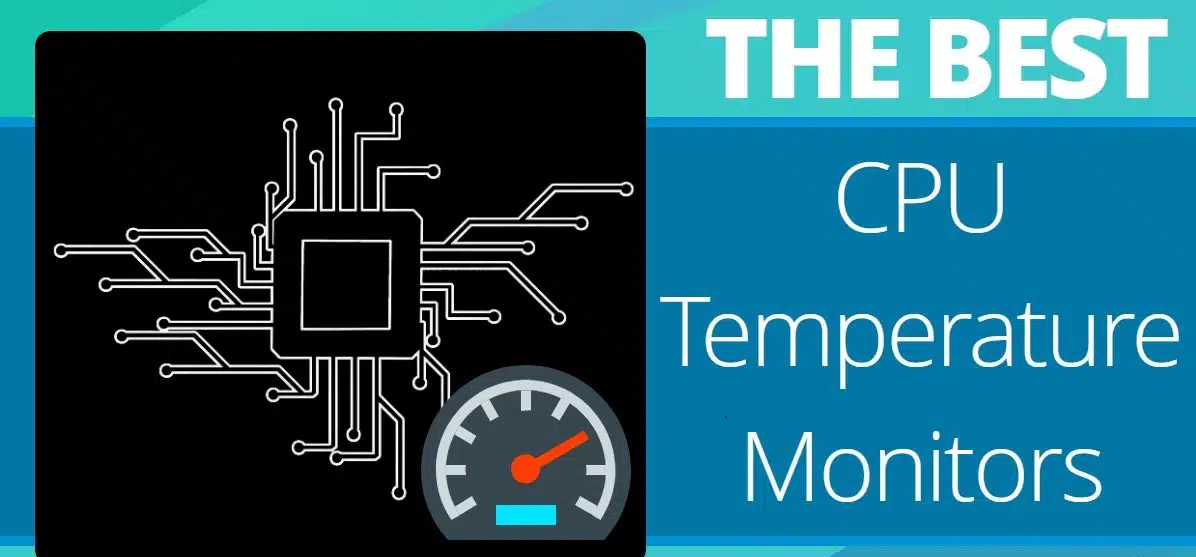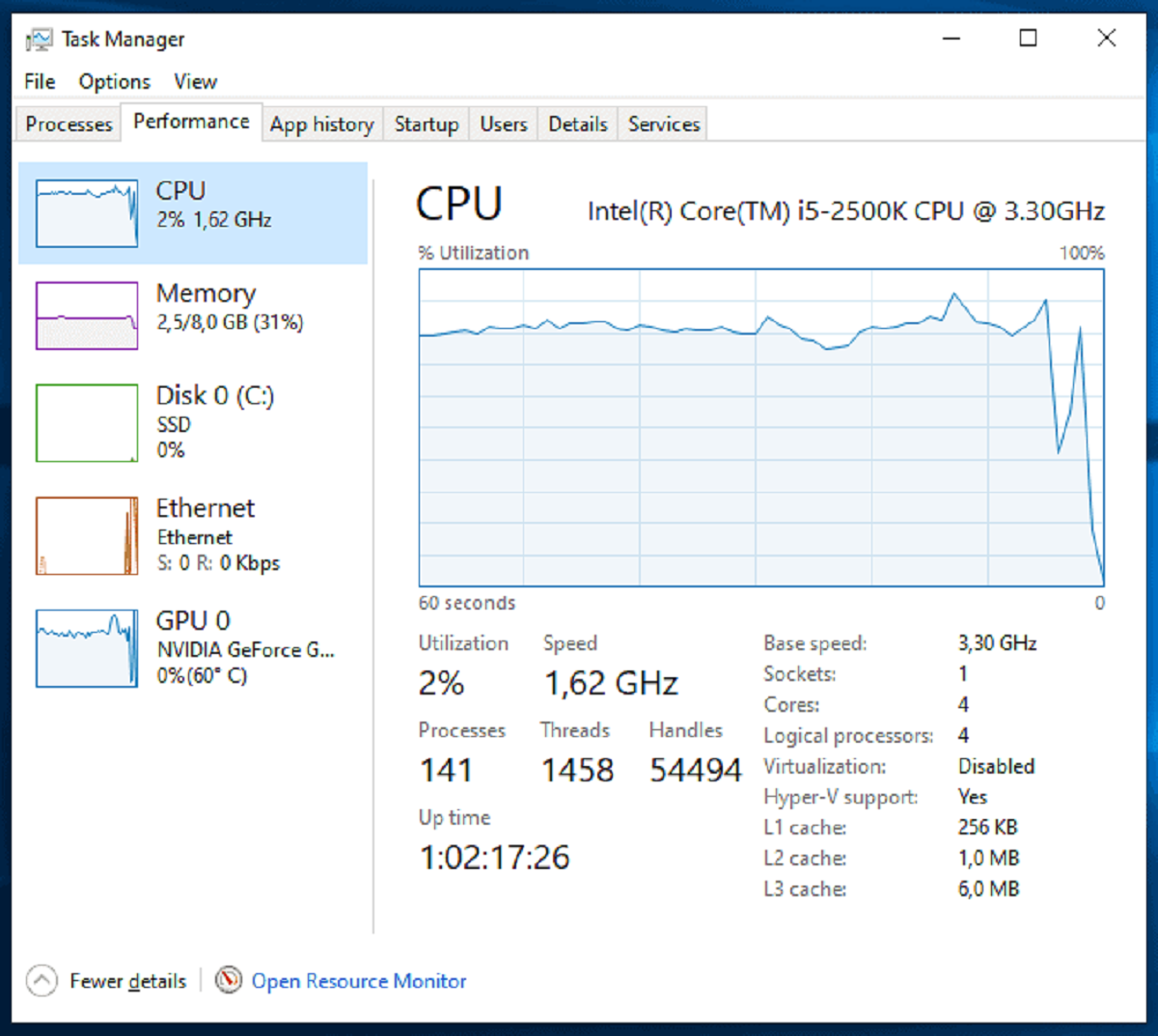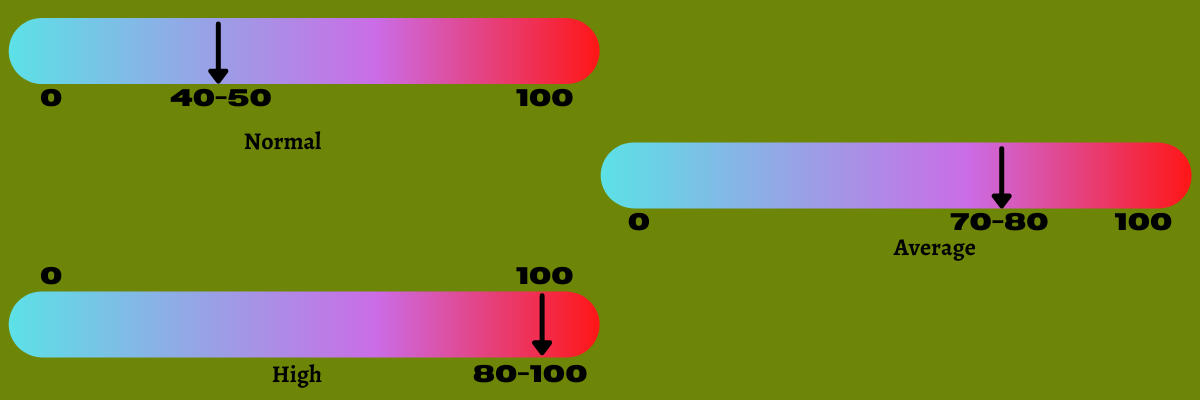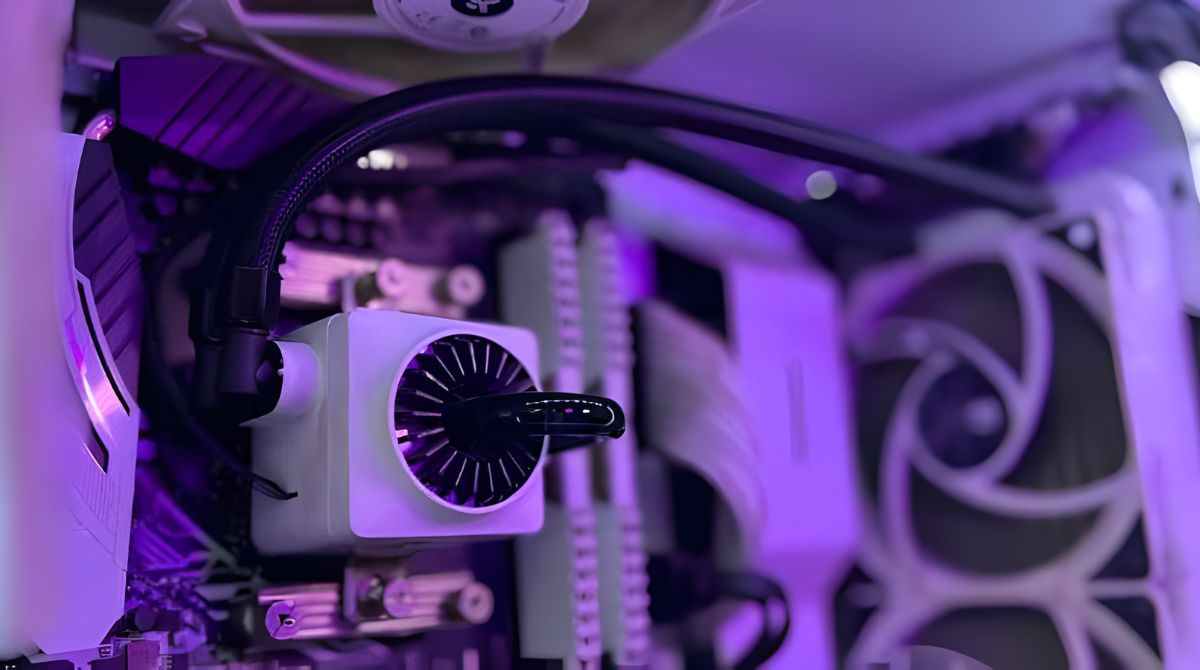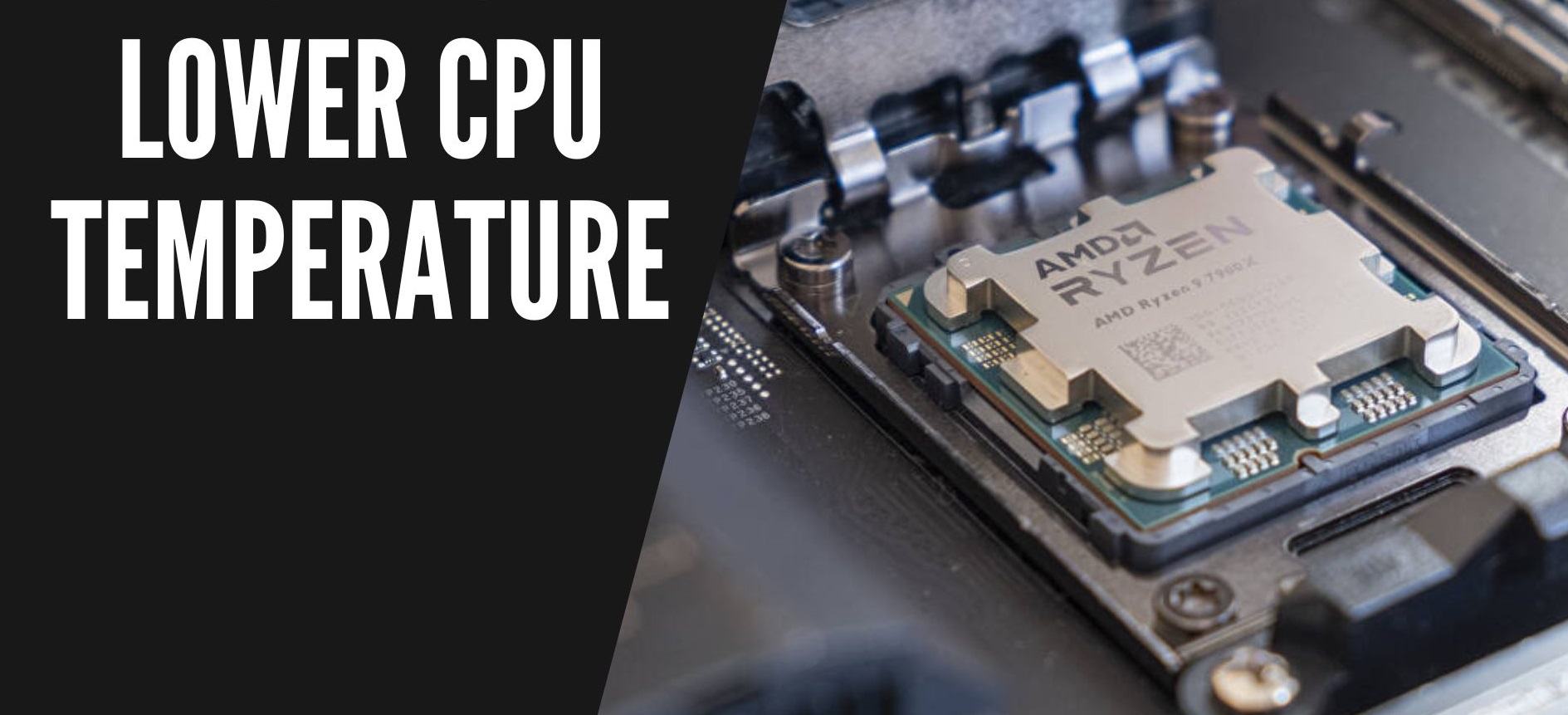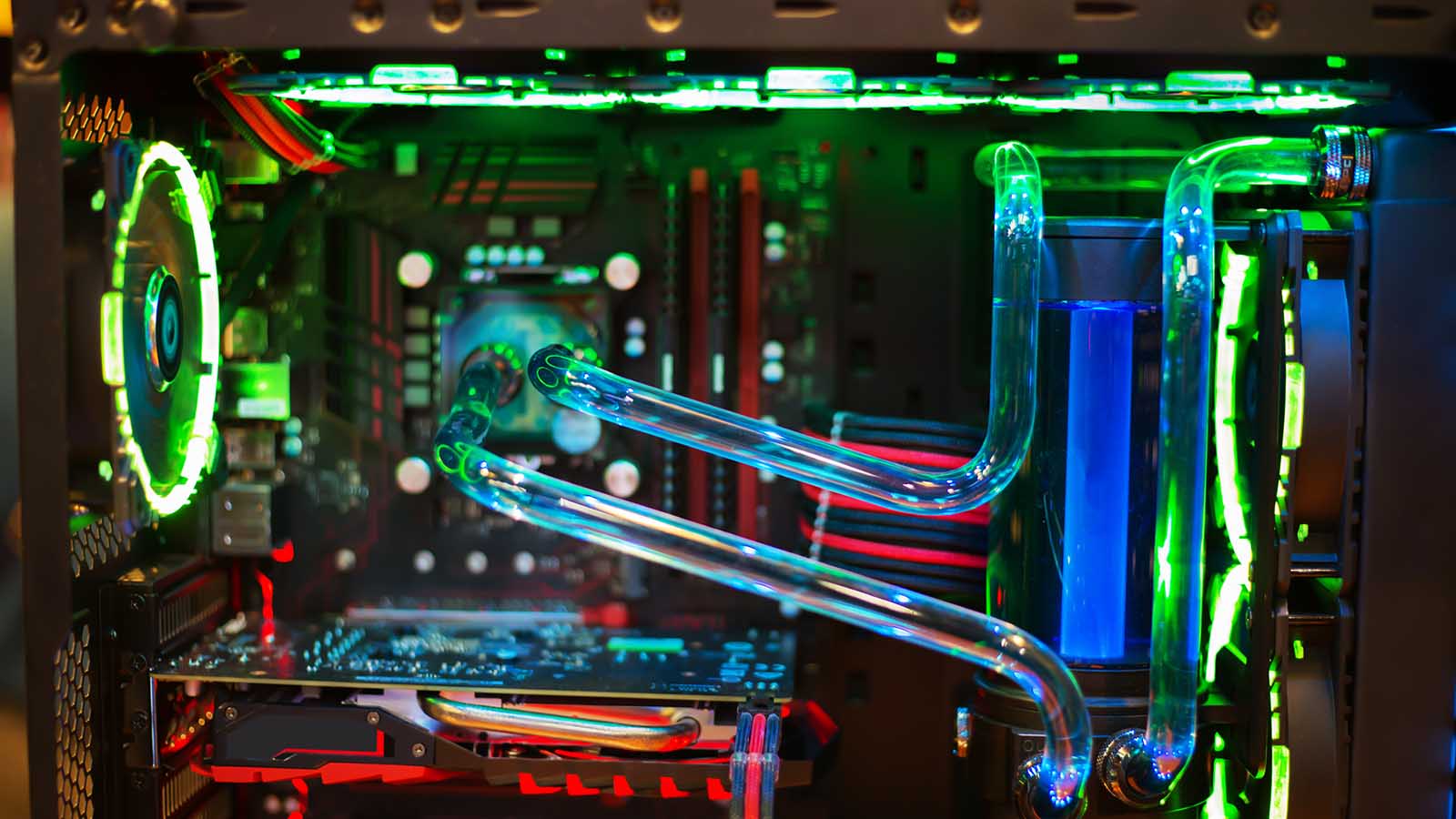Introduction:
As technology advances and computers become more powerful, the issue of overheating becomes increasingly important. One of the critical components in a computer system that is susceptible to overheating is the Central Processing Unit (CPU). The CPU is responsible for executing instructions and performing calculations, making it the most active and heat-generating component in a computer.
Monitoring your CPU temperature is essential to ensure that it is operating within safe limits. High temperatures can negatively impact the performance and lifespan of your CPU, causing system instability, crashes, and even permanent damage.
In this article, we will explore various methods to check your CPU temperature on different operating systems such as Windows, macOS, and Linux. We will also discuss the recommended temperature ranges for different processors and provide tips on maintaining an optimal CPU temperature to prevent overheating.
Whether you are a gamer, a professional in video editing, or simply a casual computer user, understanding how to monitor your CPU temperature can help you identify potential problems and take preventive measures to keep your computer running smoothly.
So, let’s dive into the details of how to check your CPU temperature and why it is essential to do so.
Why is it important to check CPU temperature?
Monitoring and regularly checking your CPU temperature is crucial for several reasons:
1. Prevention of overheating: CPUs generate a significant amount of heat during operation. If the temperature exceeds the safe operating limits, it can lead to overheating. Overheating can cause performance issues, system crashes, and in extreme cases, permanent damage to the CPU. By monitoring the temperature, you can take timely action to prevent overheating and keep your CPU running smoothly.
2. Maximizing performance: Excessive heat can impact the overall performance of your CPU. When temperatures are high, the CPU may throttle its speed to reduce heat generation, resulting in decreased performance. By monitoring and maintaining optimal temperature levels, you can ensure your CPU operates at its peak performance, delivering the best possible computing experience.
3. Protecting system stability: High temperatures can cause system instability, leading to frequent crashes, freezes, and unexpected reboots. This can be particularly problematic when working on important projects or during gaming sessions. By monitoring your CPU temperature, you can identify any potential overheating issues early on and take steps to maintain system stability.
4. Prolonging the lifespan of your CPU: Excessive heat can shorten the lifespan of your CPU. Over time, repeated exposure to high temperatures can lead to degradation of the CPU’s internal components, reducing its overall lifespan. By keeping your CPU temperature within the recommended range, you can help extend the longevity of your CPU and avoid the cost of premature replacement.
5. Peace of mind: Regularly checking your CPU temperature provides peace of mind, knowing that your system is operating within safe temperature limits. It allows you to proactively address any temperature-related issues and take necessary steps to prevent potential damage to your CPU or other components.
In summary, monitoring your CPU temperature is crucial for preventing overheating, maximizing performance, maintaining system stability, prolonging CPU lifespan, and ensuring peace of mind while using your computer. By being aware of your CPU’s temperature, you can take proactive measures to prevent any potential issues and optimize your computing experience.
How to check CPU temperature on Windows
There are several methods you can use to check your CPU temperature on a Windows operating system. Here are three popular options:
- Using third-party software: There are various software applications available that can provide detailed information about your CPU, including temperature readings. One popular option is HWMonitor, which displays real-time temperature data for your CPU and other hardware components. Another widely used program is Core Temp, which offers accurate temperature readings, individual core monitoring, and customizable alerts.
- BIOS/UEFI: You can also check your CPU temperature by accessing your computer’s BIOS or UEFI (Unified Extensible Firmware Interface) settings. Restart your computer and press the corresponding key (usually Del, F2, or Esc) to enter the BIOS/UEFI during the boot process. Look for a section that provides hardware information or monitoring options, where you should find CPU temperature readings.
- Task Manager: Another straightforward method to check CPU temperature on Windows is using the built-in Task Manager. To access the Task Manager, right-click on the taskbar and select “Task Manager” or press Ctrl+Shift+Esc. Once the Task Manager opens, click on the “Performance” tab and select “CPU.” You will find the current temperature listed under the CPU usage graph.
Remember, the exact steps may vary slightly depending on your Windows version and the manufacturer of your computer or motherboard. It’s essential to consult the user manual or support documentation for specific instructions.
By using one of these methods, you can easily keep an eye on your CPU temperature and ensure that it stays within safe operating limits.
How to check CPU temperature on macOS
Checking the CPU temperature on macOS can be done using a variety of methods. Here are a few popular options:
- Third-party software: Utilizing third-party software is one of the most common methods for monitoring CPU temperature on macOS. Applications such as Intel Power Gadget and Temperature Monitor provide detailed information, including real-time temperature readings, fan speeds, and power usage. These applications offer a user-friendly interface that allows you to easily keep track of your CPU’s temperature.
- Activity Monitor: macOS comes with a built-in utility called Activity Monitor, which can also be used to check CPU temperature. To access Activity Monitor, open the Applications folder, then go to Utilities, and launch Activity Monitor. Once open, click on the “CPU” tab, and you will see the current temperature listed under the “Temperature” column.
- Terminal commands: For advanced users comfortable with the command line, there are terminal commands available to check CPU temperature. One commonly used command is “istats,” which provides various system information, including CPU temperature. To use this command, open Terminal, type “istats,” and press Enter. The command will display the current temperature along with other relevant information.
It’s important to note that the exact method and software you choose may depend on your specific macOS version and hardware. Additionally, some third-party software may require additional configuration or installation steps.
By utilizing one of these methods, you can easily monitor your CPU temperature on macOS and ensure that it remains within safe operating limits.
How to check CPU temperature on Linux
Linux offers several methods for checking CPU temperature, providing users with flexibility and options. Here are a few common ways to monitor CPU temperature on a Linux system:
- lm-sensors: The most popular tool for monitoring CPU temperature on Linux is lm-sensors. Start by installing lm-sensors using the package manager specific to your Linux distribution. Once installed, run the command “sensors” in the terminal, and lm-sensors will display temperature readings for various hardware components, including the CPU. The output will show the current temperature and, if available, the minimum and maximum thresholds.
- htop: Another method is to use the htop command, which is a more advanced version of the top command for system monitoring. Install htop using the package manager, then open the terminal and run “htop.” Once in htop, navigate to the CPU section, where you will find temperature data displayed beside each CPU core. The temperatures are color-coded for better visualization.
- Hardware-specific utilities: Some manufacturers provide specific utilities for monitoring hardware details, including CPU temperature. For example, AMD provides amd64_edac for checking CPU temperatures on AMD processors. Consult the documentation or support resources provided by your CPU/chipset manufacturer to identify any specialized tools available for Linux.
It is worth noting that the availability and functionality of temperature monitoring tools may vary depending on your Linux distribution, kernel version, and hardware configuration.
By utilizing one of these methods, you can easily keep track of your CPU temperature on a Linux system and take necessary steps to ensure that it remains within safe limits.
Recommended CPU temperature ranges for different processors
Knowing the recommended CPU temperature ranges for your specific processor is crucial to ensure optimal performance and prevent overheating. While the exact temperature thresholds may vary depending on the CPU model and manufacturer, here are the general guidelines:
- Intel processors: Most Intel processors have a maximum safe temperature (TjMax) around 100°C (212°F). It is generally recommended to keep the CPU temperature below 80°C (176°F) to maintain optimal performance and longevity. However, lower temperatures, in the range of 50°C to 70°C (122°F to 158°F), are considered ideal for sustained heavy workloads or overclocked CPUs.
- AMD processors: AMD processors have varying temperature limits depending on the model and generation. As a general guideline, it is advisable to keep the CPU temperature below 85°C (185°F) to ensure optimal performance and avoid any thermal throttling. Similar to Intel processors, lower temperatures, around 50°C to 70°C (122°F to 158°F), are considered optimal for AMD CPUs under heavy loads or overclocked conditions.
These temperature ranges serve as rough guidelines for maintaining a balance between performance and safety. However, it’s important to consult the manufacturer’s specifications and documentation for your specific processor to determine the recommended temperature limits.
It’s worth noting that different CPU coolers, thermal solutions, and system configurations can affect temperature readings and cooling efficiency. Factors such as airflow, case design, and ambient temperature can also impact CPU temperatures.
Regularly monitoring your CPU temperature and ensuring it stays within these recommended ranges will help you maintain stable performance, prevent overheating-related issues, and extend the lifespan of your processor.
Tips to prevent overheating and maintain optimal CPU temperature
Preventing overheating and maintaining an optimal CPU temperature is crucial for the performance and longevity of your computer. Here are some tips to help you keep your CPU cool and avoid temperature-related issues:
- Ensure proper airflow: Good airflow is essential for keeping your CPU and other components cool. Make sure your computer’s case has adequate ventilation, and avoid blocking the air vents. Keep the area around your computer free from obstructions that might impede airflow.
- Clean your computer regularly: Dust accumulation can obstruct airflow and lead to higher CPU temperatures. Regularly clean your computer, especially the fans, heat sinks, and air vents. Use compressed air or a soft brush to gently remove dust and debris.
- Apply high-quality thermal paste: Thermal paste helps transfer heat from the CPU to the heat sink. Over time, the thermal paste may degrade or dry out. Reapplying a high-quality thermal paste can improve thermal conductivity and reduce CPU temperatures.
- Use an efficient CPU cooler: Invest in a reliable CPU cooler that matches your CPU’s cooling requirements. Choose between air coolers or liquid cooling solutions, considering factors such as processor power and your computer’s form factor. Ensure the cooler is correctly installed and that the heatsink makes proper contact with the CPU.
- Avoid overclocking: Overclocking can increase the CPU’s performance but also generates more heat. If you notice high temperatures or instability when overclocking, consider reverting to the CPU’s default clock speed or adjusting the overclocking settings to reduce heat output.
- Monitor and control CPU usage: Certain applications or processes can put a heavy load on your CPU, leading to increased temperatures. Keep an eye on CPU usage and consider closing unnecessary programs or optimizing resource-intensive tasks to reduce the CPU’s workload.
- Update your BIOS and drivers: Keeping your computer’s BIOS and drivers up to date can help improve compatibility, optimize performance, and sometimes even provide better thermal management options.
- Use power-saving features: Most operating systems offer power-saving features that can reduce CPU power and, consequently, heat generation. Adjust power settings to balance performance and power consumption, especially when running less demanding tasks or when using a laptop on battery power.
By implementing these tips, you can maintain an optimal CPU temperature, prevent overheating, and ensure the longevity and stability of your computer system.
Conclusion:
Maintaining an optimal CPU temperature is vital for the smooth functioning and longevity of your computer. By regularly monitoring your CPU temperature and taking necessary precautions, you can prevent overheating and avoid potential performance issues or hardware damage.
In this article, we explored various methods to check CPU temperature on different operating systems, including Windows, macOS, and Linux. We discussed the importance of keeping an eye on CPU temperature and the recommended temperature ranges for different processors, such as Intel and AMD.
Additionally, we provided tips to prevent overheating and maintain an optimal CPU temperature, such as ensuring proper airflow, cleaning your computer regularly, using high-quality thermal paste, utilizing efficient CPU coolers, avoiding overclocking, monitoring CPU usage, updating BIOS and drivers, and utilizing power-saving features.
Remember to consult the specific documentation and guidelines provided by your CPU manufacturer for the most accurate temperature ranges and cooling recommendations. Each computer system may have unique requirements and considerations based on hardware configuration.
By following these guidelines and practicing good thermal management techniques, you can ensure that your CPU remains within safe temperature limits, providing optimal performance and a longer lifespan for your computer.







